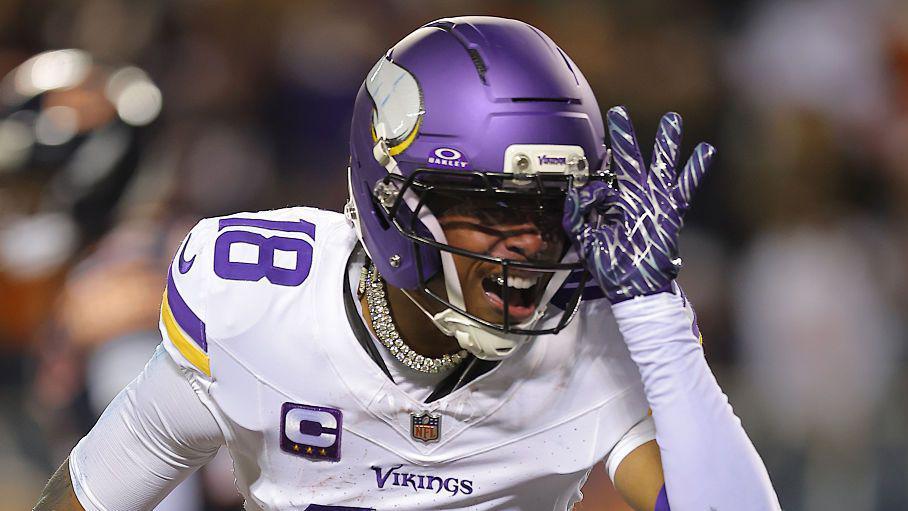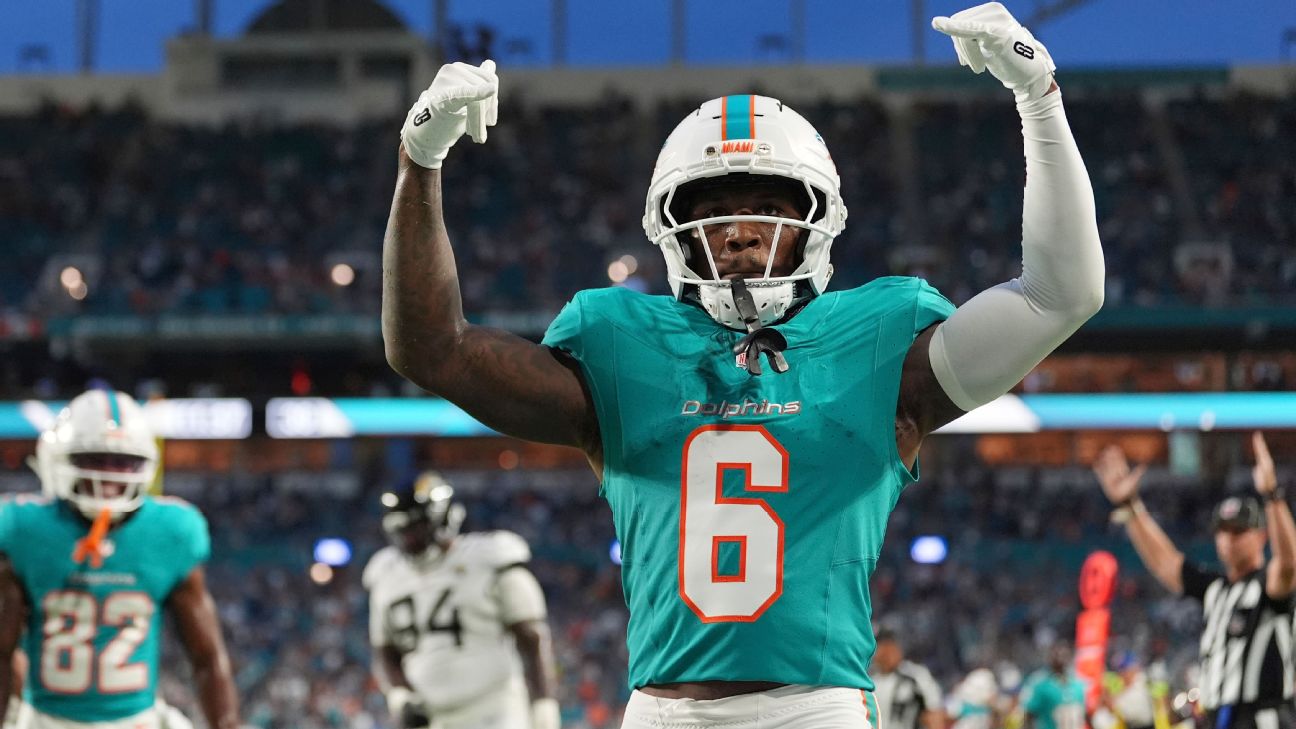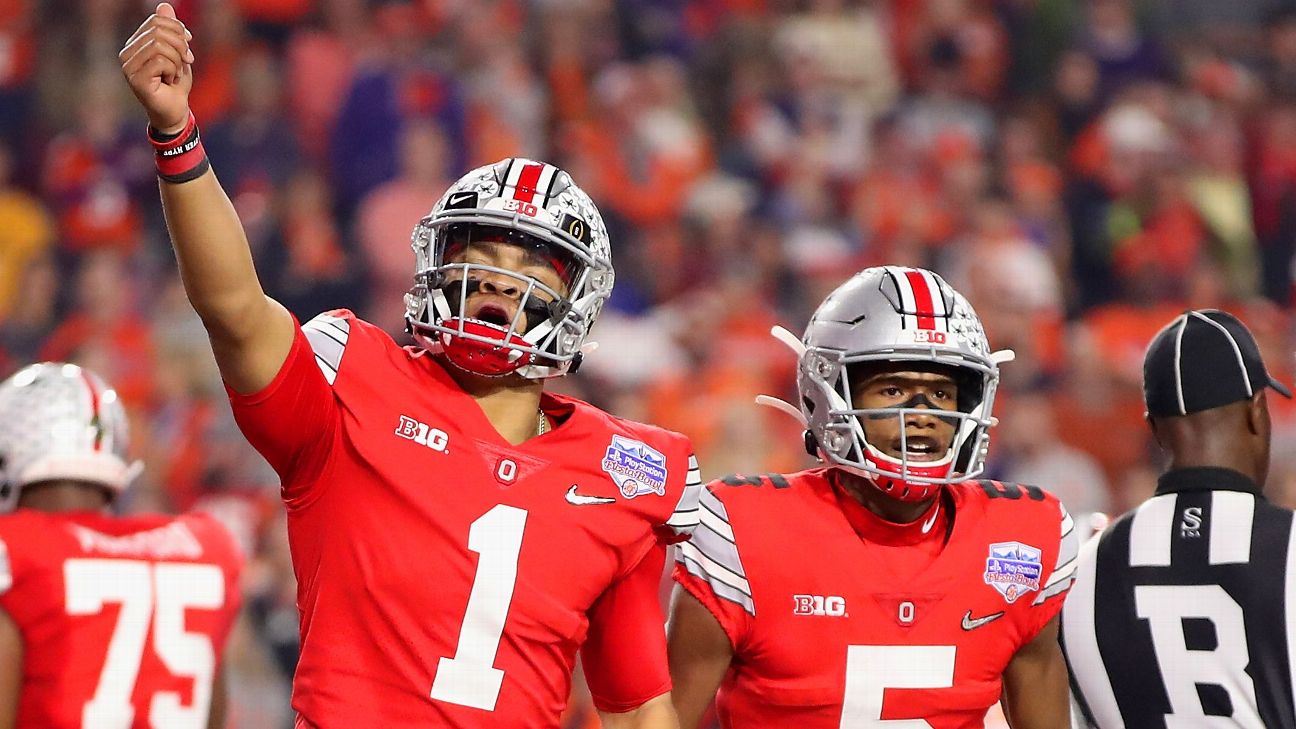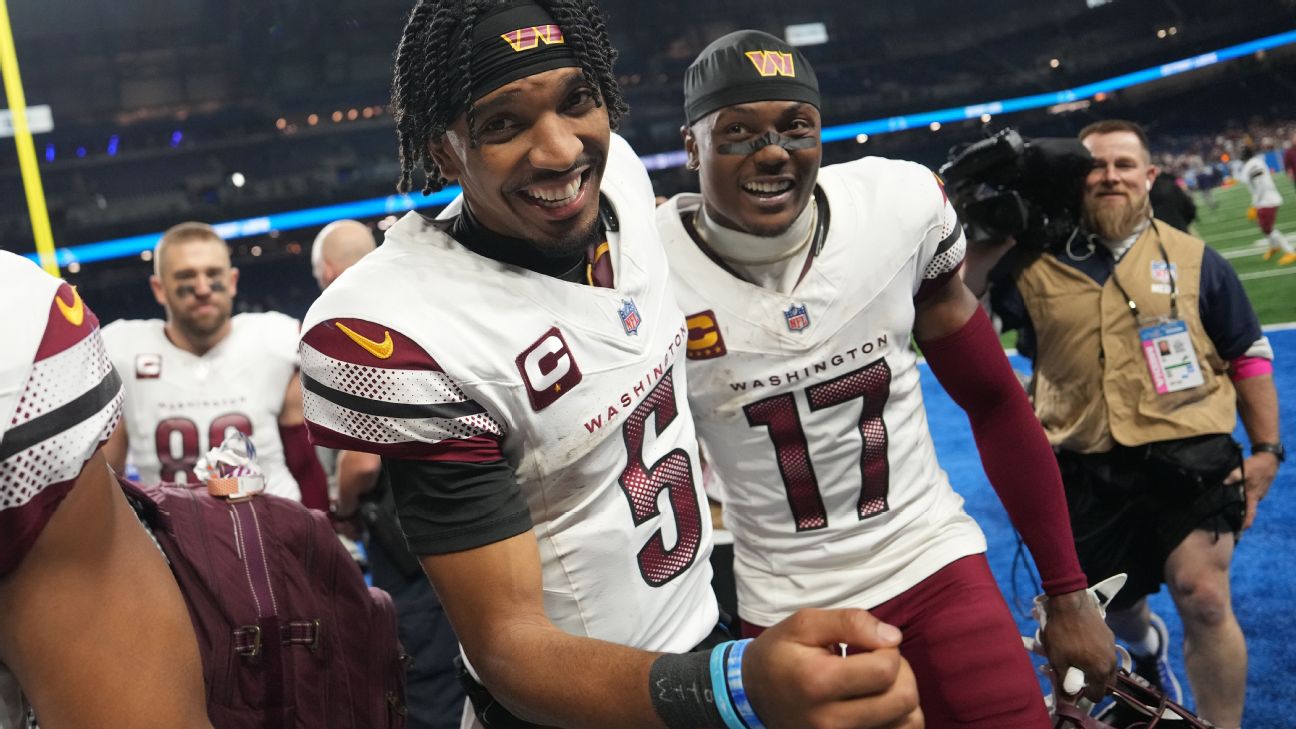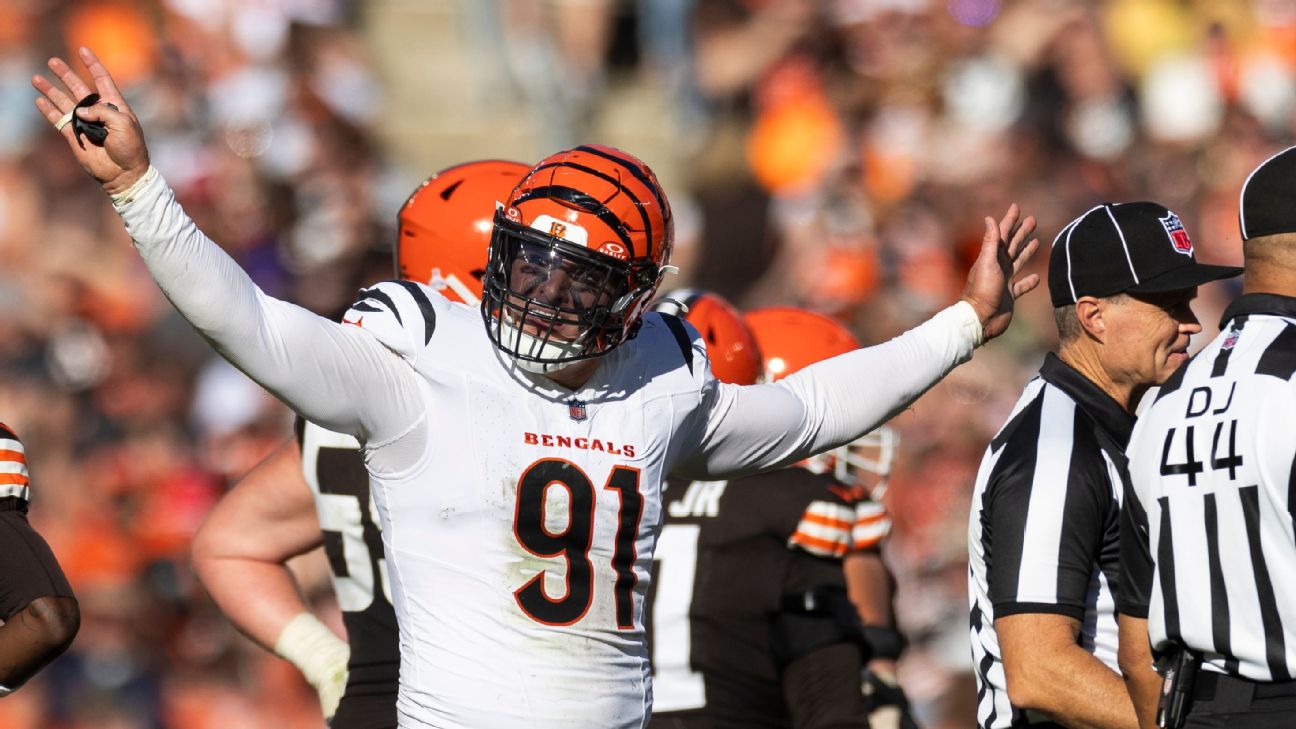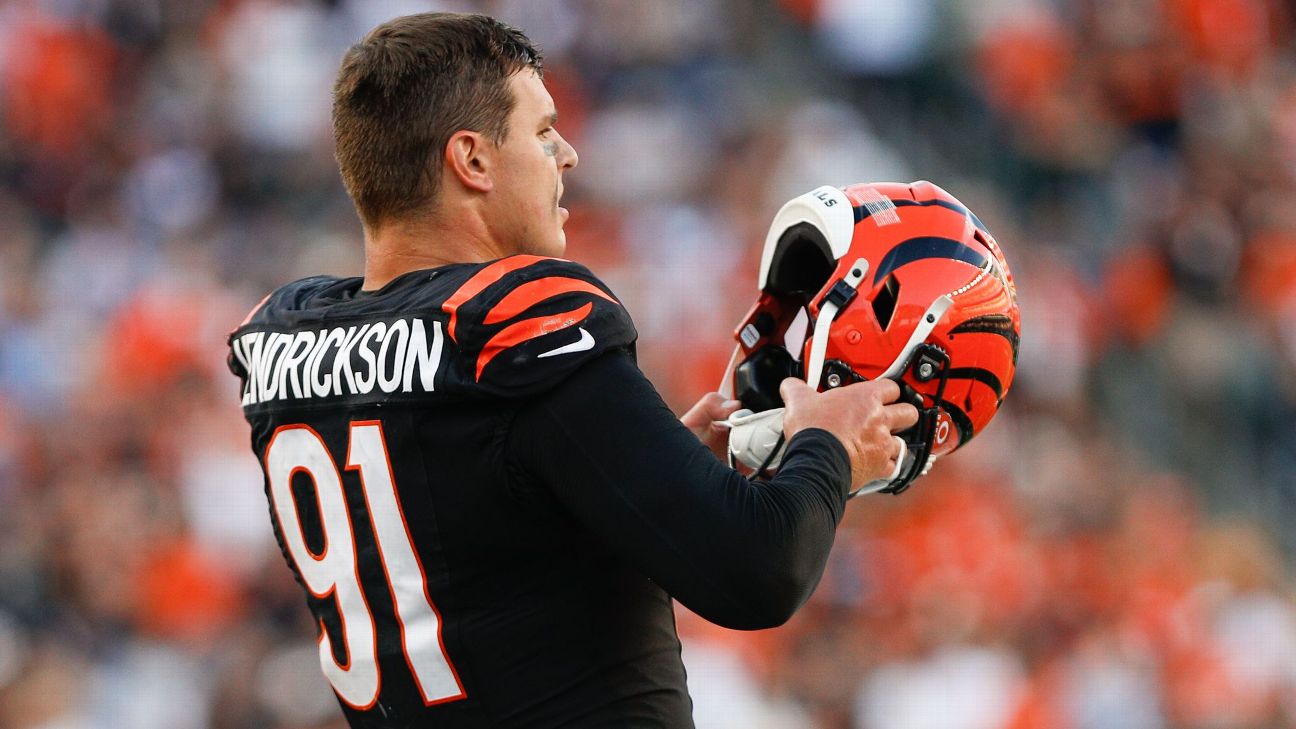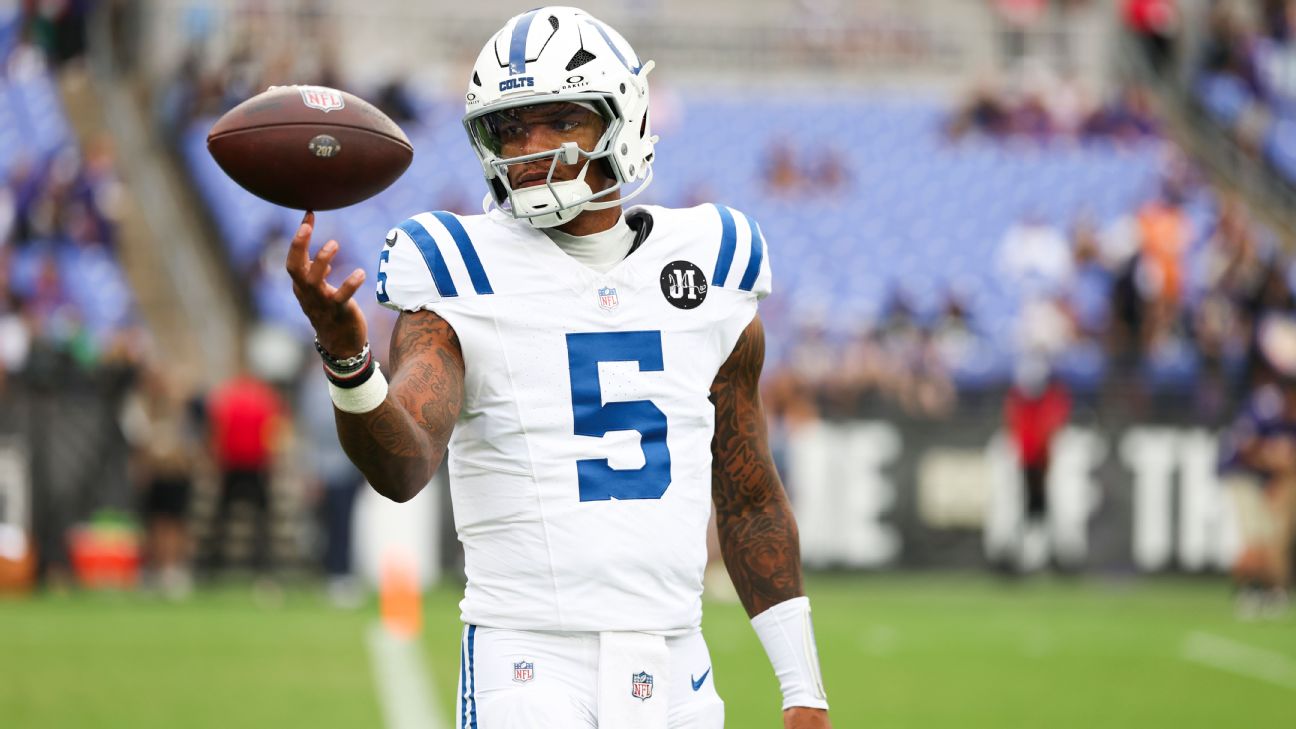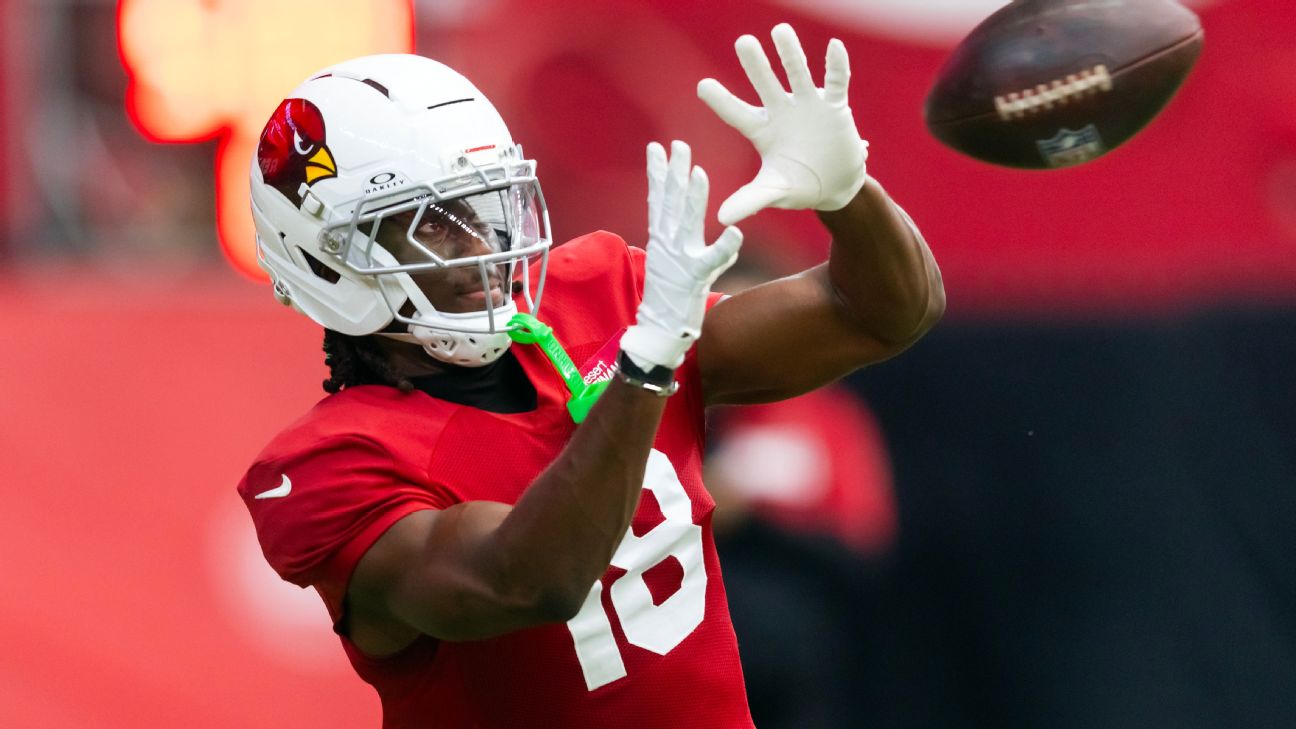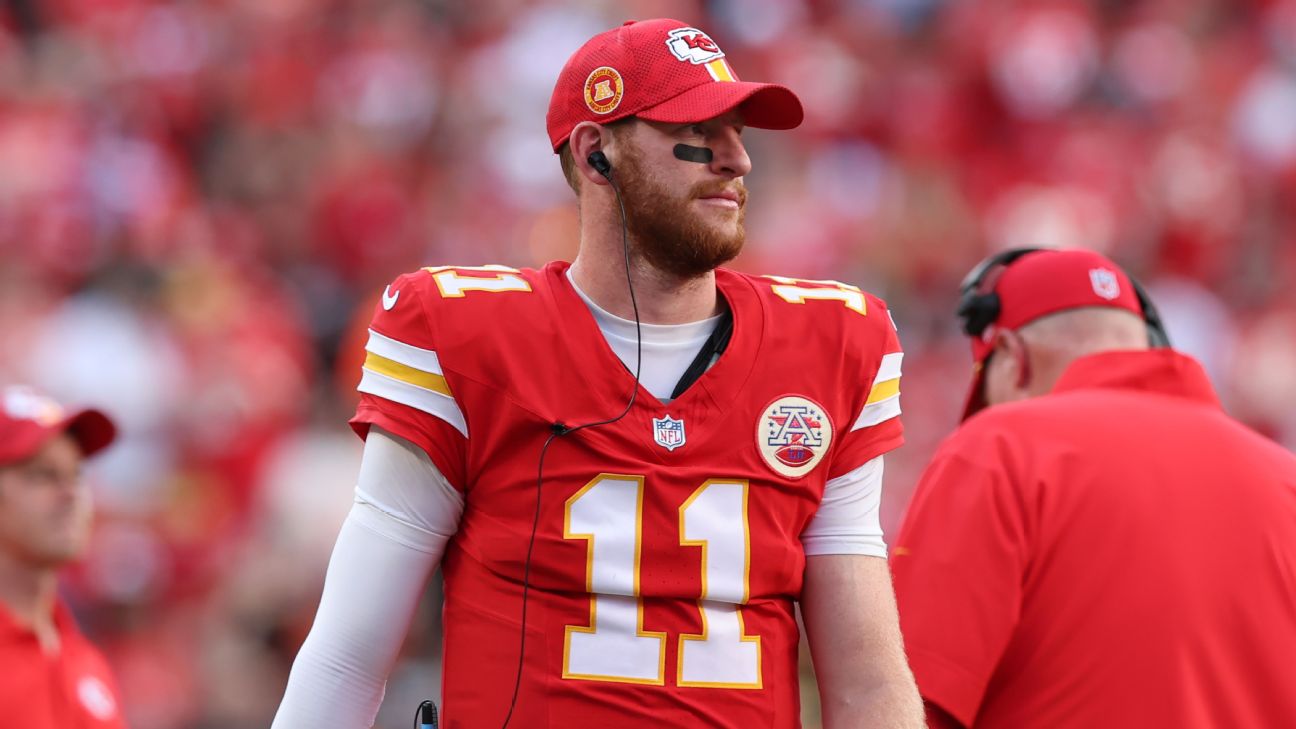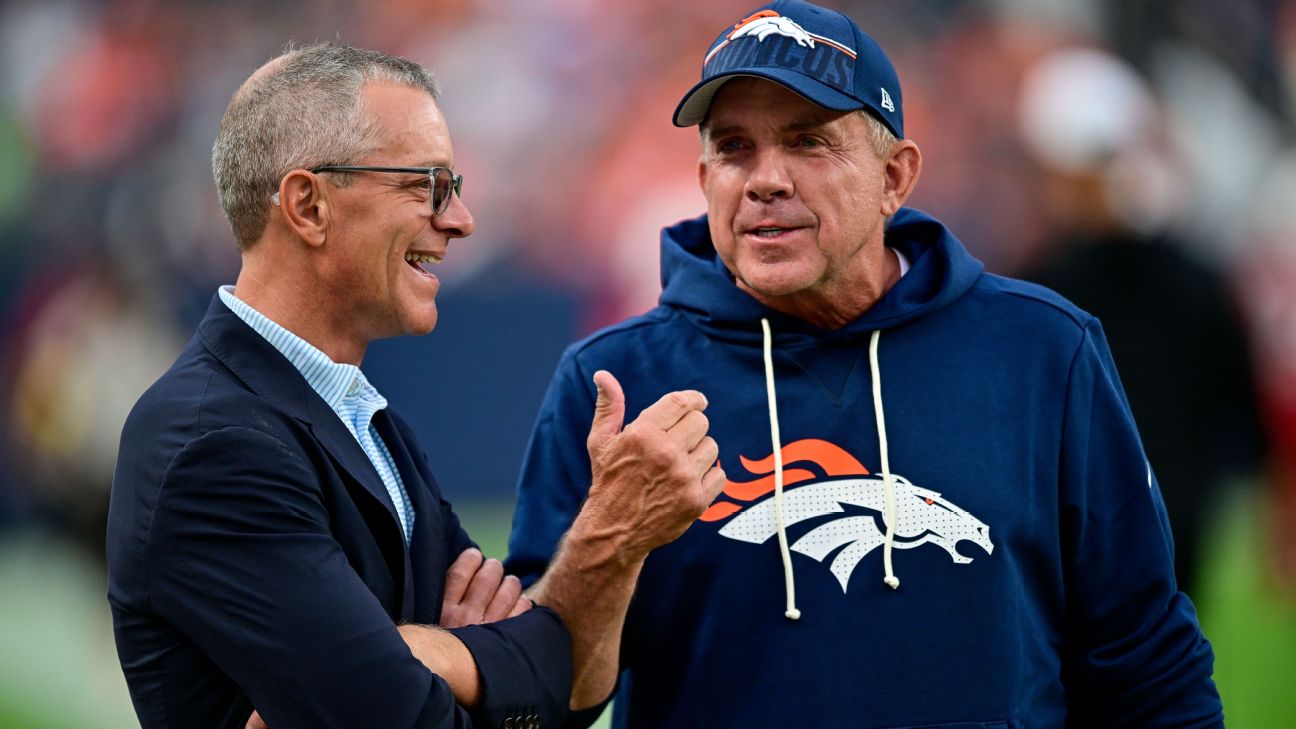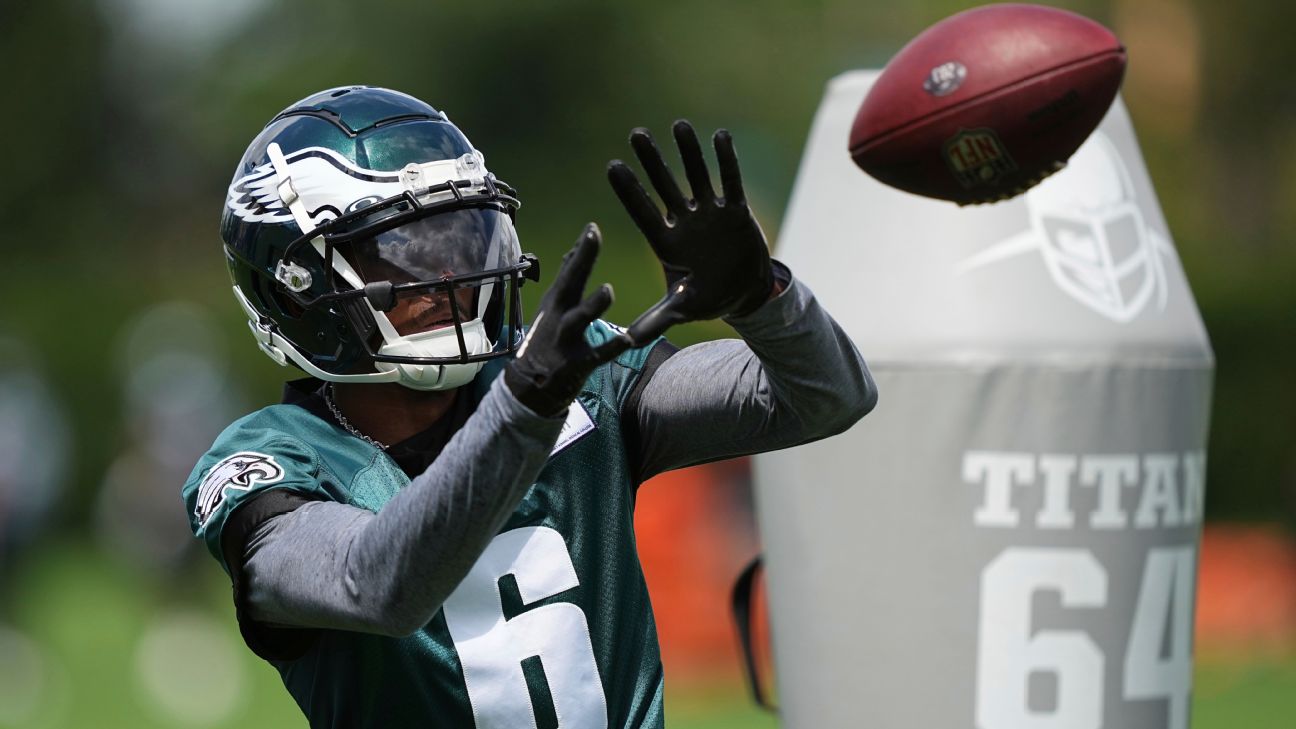2025 NFL Fantasy Football QB Tiers: Ultimate Guide to Drafting the Best Quarterbacks
Discover Eric Moody's expert breakdown of 2025 NFL Fantasy Football QB tiers, helping you draft the best quarterbacks for your team.
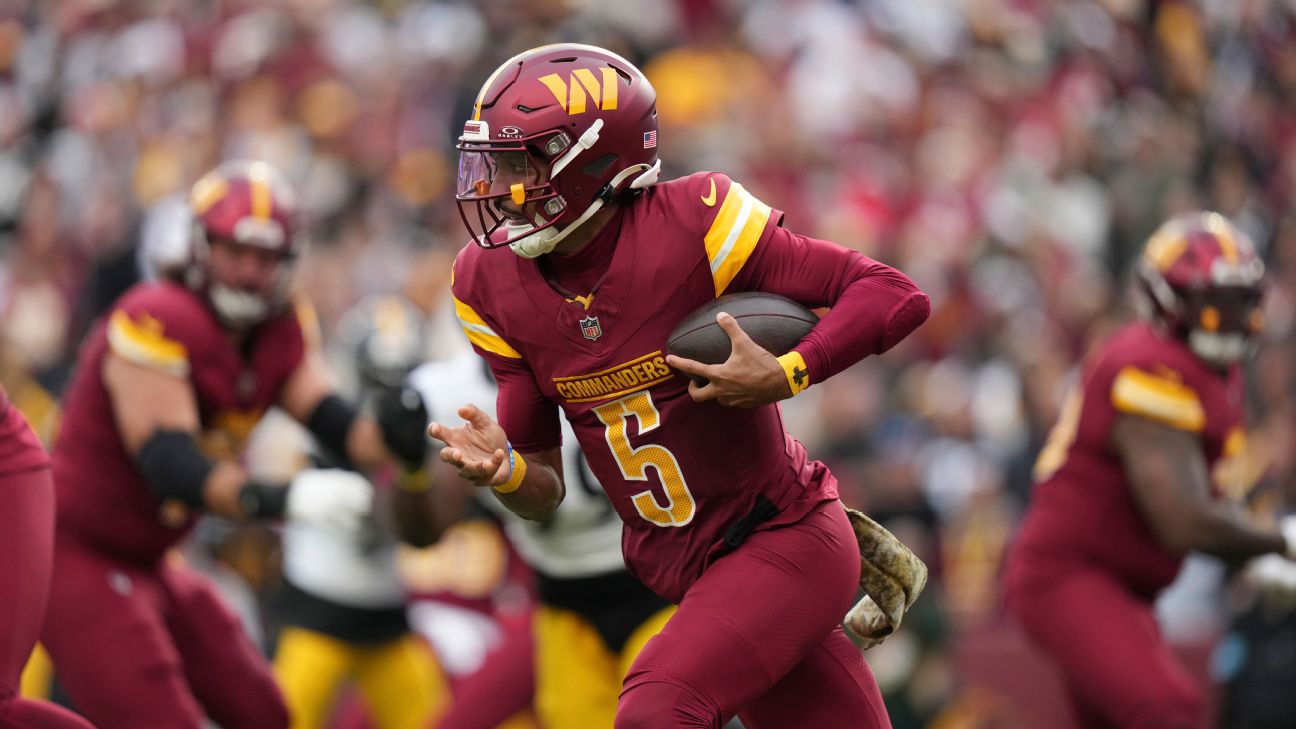
The Evolution of the Quarterback Position in Fantasy Football
The quarterback position in fantasy football has undergone significant changes over the past two decades. Dual-threat quarterbacks, who excel both in passing and rushing, have become increasingly prevalent, making the position deeper and more dynamic than ever. The right quarterback can be the difference between leading your team to the fantasy finals or watching from the sidelines.
The Impact of Dual-Threat Quarterbacks
In 2024, a high percentage of teams that made the finals in ESPN leagues were led by dual-threat quarterbacks. Notable examples include Baltimore's Lamar Jackson (20.8%) and Washington's Jayden Daniels (16.4%). Last season, five quarterbacks averaged at least five rushing attempts per game: Jalen Hurts, Daniels, Jackson, Josh Allen, and Bo Nix. This group averaged 21.6 fantasy points per game, highlighting the advantage of having a mobile quarterback.
Crafting Your Draft Strategy: The Importance of Tiers
When preparing for your fantasy draft, organizing players into tiers is a crucial strategy. This approach groups players with similar projected production, with significant point differences between tiers. Here’s a detailed breakdown of the QB tiers for the 2025 season:
Tier 1: High-end QB1s
- Josh Allen, Buffalo Bills: Consistently a top-two fantasy QB for five consecutive seasons.
- Lamar Jackson, Baltimore Ravens: Set career highs in passing metrics while maintaining strong rushing stats.
- Jayden Daniels, Washington Commanders: Exceptional rookie season with 355.8 fantasy points.
- Jalen Hurts, Philadelphia Eagles: Led in rushing attempts and touchdowns for four straight seasons.
Tier 2: Midrange QB1s
- Joe Burrow, Cincinnati Bengals: Led the league in passing metrics last season.
- Bo Nix, Denver Broncos: Impressive rookie year, finishing as fantasy QB7.
- Patrick Mahomes, Kansas City Chiefs: Remains a top-12 rusher despite recent performance dips.
- Baker Mayfield, Tampa Bay Buccaneers: Breakout season with 4,500 passing yards and 41 touchdowns.
Tier 3: Low-end QB1s
- Brock Purdy, San Francisco 49ers: Questions remain about the 49ers' offense.
- Kyler Murray, Arizona Cardinals: Career-best completion rate but struggles with deep throws.
- Justin Fields, New York Jets: Limited as a passer but strong rushing upside.
- Dak Prescott, Dallas Cowboys: High-volume passing role but injury concerns.
- Justin Herbert, Los Angeles Chargers: Efficient season but questions about passing attempts.
Tier 4: High-end QB2s
- Drake Maye, New England Patriots: Improved offensive line and new playmakers.
- Jordan Love, Green Bay Packers: Solid option with potential for growth.
- Caleb Williams, Chicago Bears: Rushing upside makes him a valuable QB2.
- J.J. McCarthy, Minnesota Vikings: Potential to rise with a strong supporting cast.
Tier 5: Midrange and back-end QB2s
- C.J. Stroud, Houston Texans: Consistent performer with room for improvement.
- Tua Tagovailoa, Miami Dolphins: Reliable but limited upside.
- Michael Penix Jr., Atlanta Falcons: Potential to improve the Falcons' offense.
- Geno Smith, Las Vegas Raiders: Veteran presence with steady production.
Tier 6: Superflex QB3s or deep-league depth options
- Cameron Ward, Tennessee Titans: Intriguing option with potential for growth.
- Sam Darnold, Seattle Seahawks: Veteran backup with occasional starts.
- Aaron Rodgers, Pittsburgh Steelers: Legendary QB but limited by age.
- Anthony Richardson, Indianapolis Colts: High upside but injury concerns.
Conclusion
Understanding these QB tiers is essential for crafting a winning fantasy football draft strategy. Whether you're targeting a high-end QB1 or a reliable QB2, this guide provides the insights you need to make informed decisions and dominate your league.












